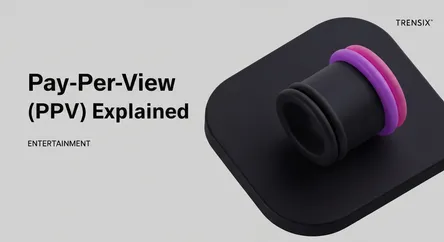Entertainment
Pay-Per-View (PPV) Explained

Discover Pay-Per-View (PPV), a premium broadcasting model for live events. Learn how it works, why it's popular, and its impact on viewers.
What is it?
Pay-Per-View (PPV) is a type of television or webcast service where a viewer can purchase a specific event to watch live. Unlike subscription-based models like Netflix, PPV involves a one-time fee for a single broadcast. It is most commonly associated with major live sporting events, such as professional boxing matches, mixed martial arts (UFC), professional wrestling events, and occasionally major concerts or films.
Why is it trending?
PPV remains a dominant force due to its model of exclusivity for high-demand events. Blockbuster boxing and UFC fights generate immense media hype, making them 'can't-miss' cultural moments that are only accessible through a PPV purchase. The shift from traditional cable to digital streaming platforms like ESPN+, DAZN, and YouTube has made purchasing and viewing these events more convenient than ever, expanding their reach to a global, internet-savvy audience.
How does it affect people?
For viewers, PPV provides direct access to premier content, fostering a sense of occasion and often leading to social gatherings like watch parties. However, the high cost of individual events can be a significant barrier for many fans. For the entertainment industry, PPV is a lucrative revenue stream that directly compensates athletes, promoters, and broadcasters, driving the financial engine behind major combat sports.